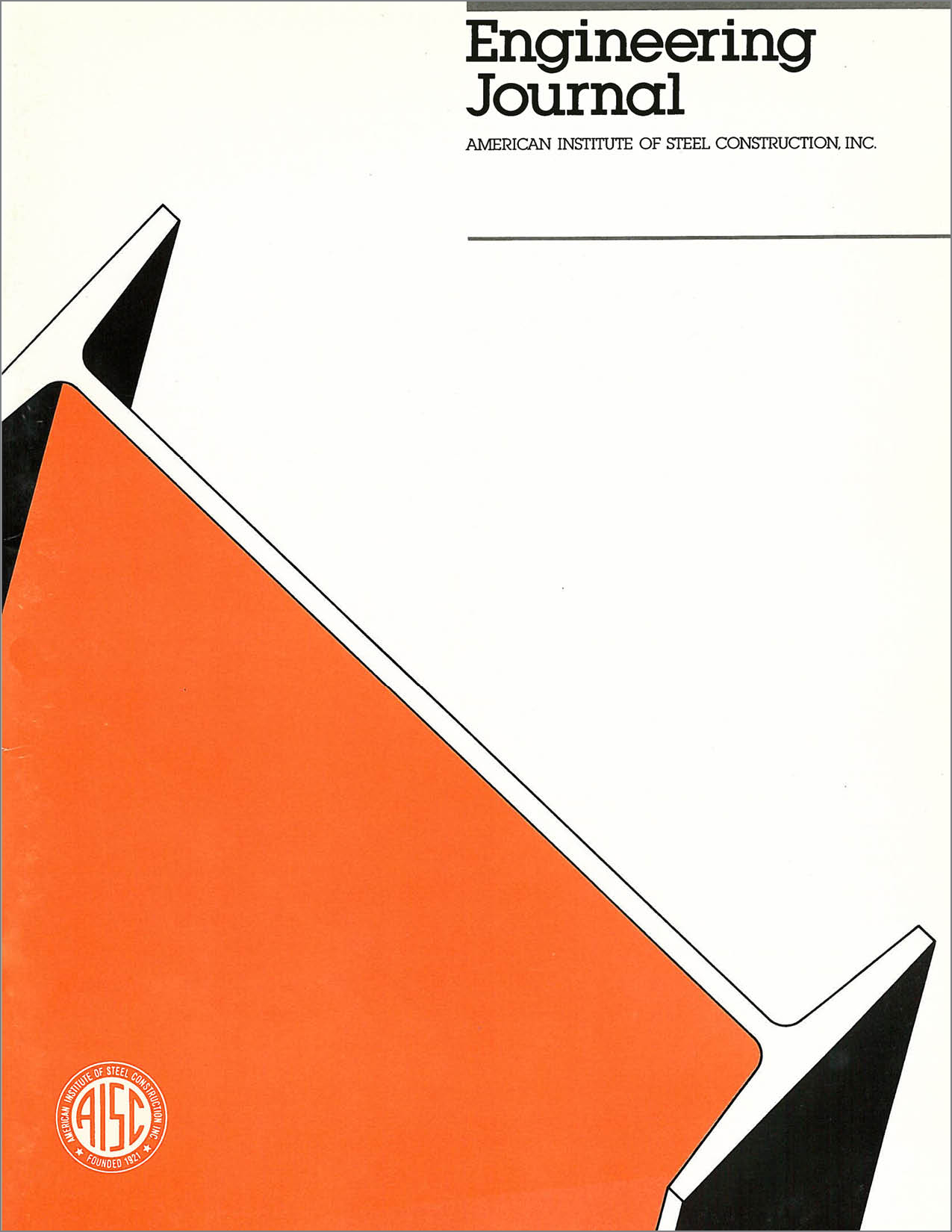An Experimental Study of Block Shear Failure of Angles in Tension
DOI:
https://doi.org/10.62913/engj.v29i2.587Abstract
Structural tension members are designed to resist yielding of the gross section or rupture of the minimum net section, taking into account the effects of stagger and shear lag. The shear lag effect must be considered when all the components of a tension member are not transmitting the load to the connection. For short connections, an angle connected by one leg may fail in a combination of tension perpendicular to and shear parallel to the loaded axis. This type of failure has been termed block shear when investigated for beam web connections. Most of the international codes for steel design have not considered this type of failure. The current AISC ASD and LRFD specifications do incorporate formulae, in their respective commentaries, to calculate block shear failure capacities. This paper reports on the results of full-scale testing of double-row, staggered, and unstaggered bolted connections of structural steel angles. The effect of the variation of several parameters are presented. The current code provisions are found to be less conservative for block shear failure than net section tensile failure in angles and a revised treatment is suggested.

